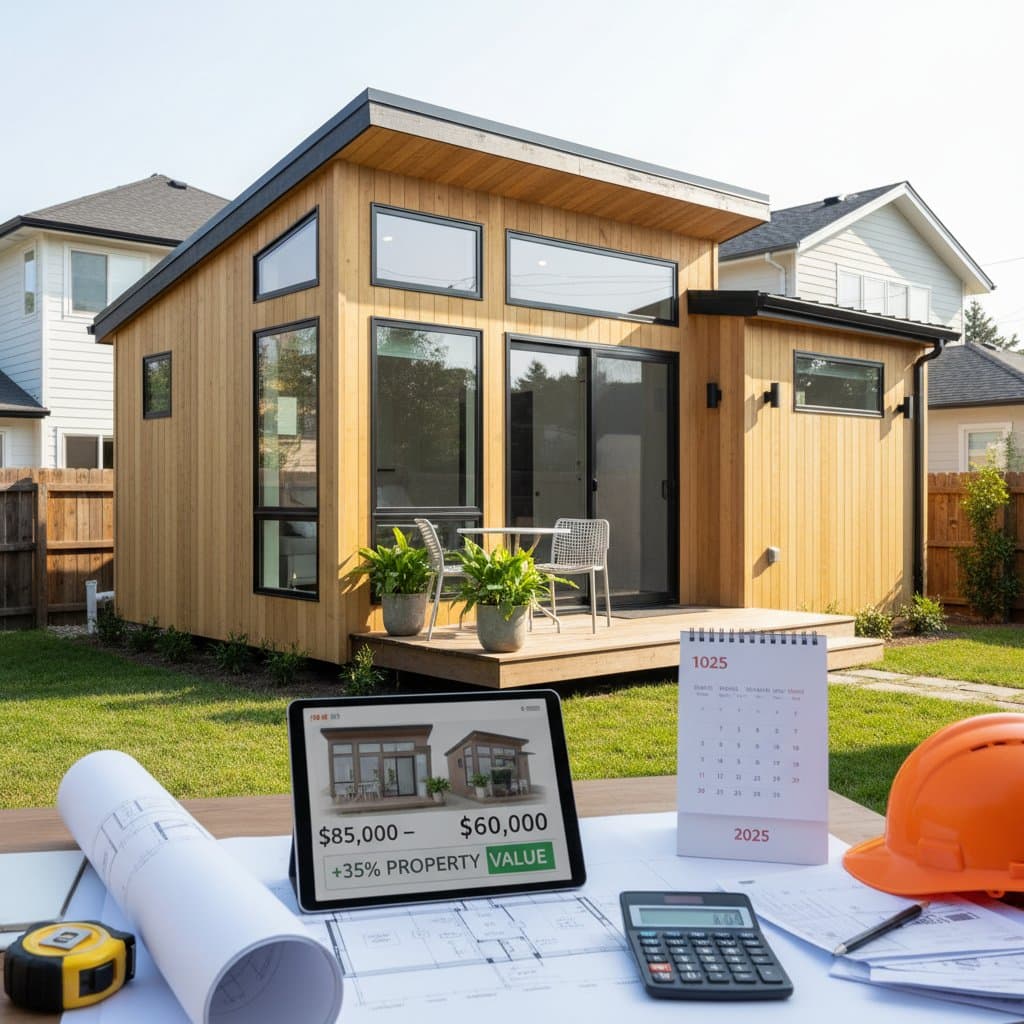How Hurricane Windows Reduce Insurance Costs More Than Their Installation Price
Hurricane windows represent a significant upgrade for homes in storm-prone areas. These specialized windows feature impact-resistant glass and sturdy frames designed to withstand high winds and flying debris. Homeowners often wonder if the investment justifies itself, particularly when considering insurance premiums and overall property protection.
The answer lies in the multifaceted benefits these windows provide. They enhance safety, lower energy bills, and lead to substantial insurance discounts. This article explores these advantages in detail, demonstrating why the long-term savings typically exceed the initial outlay.
Understanding Hurricane Windows
Hurricane windows, also known as impact windows, differ from standard varieties through their construction. The glass consists of multiple layers bonded with a plastic interlayer that prevents shattering upon impact. Frames, often made from reinforced aluminum or vinyl, anchor securely to resist wind pressure up to 150 miles per hour or more.
These features comply with stringent building codes in regions like Florida and the Gulf Coast. Certification from organizations such as the Miami-Dade County Building Department ensures reliability during severe weather events. Beyond storm resistance, the design minimizes water infiltration, protecting interiors from flooding caused by driving rain.
Enhancing Home Safety and Security
The primary role of hurricane windows involves safeguarding occupants during extreme weather. In a hurricane, standard windows can break easily, allowing debris to enter and winds to pressurize the home, potentially causing structural failure. Impact windows eliminate this risk by absorbing energy from impacts without fracturing.
Safety extends to everyday scenarios as well. The laminated glass deters burglars, as it requires specialized tools to breach. Families gain peace of mind knowing their living spaces remain secure against both natural disasters and unauthorized entry.
Achieving Insurance Premium Reductions
Insurance companies recognize the protective value of hurricane windows and offer incentives accordingly. Many providers reduce premiums by 10 to 45 percent for homes equipped with these features, depending on location and coverage type. For instance, in high-risk zones, the discount can reach the higher end of that range.
To qualify, homeowners must install windows that meet specific standards, such as those tested for large and small missile impacts. Documentation from certified installers proves compliance, enabling policyholders to submit claims for rate adjustments. Over time, these savings accumulate, often offsetting the window costs within five to ten years.
Evaluating Upfront Costs Against Long-Term Savings
Installation expenses for hurricane windows range from 60 to 100 dollars per square foot, influenced by factors like window size, frame material, and labor rates. A typical three-bedroom home might require 20 windows, leading to a total investment of 20,000 to 40,000 dollars. While this sum appears daunting, it pales in comparison to potential repair costs after a storm, which can exceed 50,000 dollars.
Energy efficiency adds another layer of value. The double- or triple-pane designs reduce heat transfer, lowering cooling and heating bills by up to 30 percent annually. In warmer climates, this translates to hundreds of dollars saved each year, further accelerating the return on investment.
Selecting Quality Materials for Optimal Performance
Not all hurricane windows perform equally; material choice plays a crucial role. Opt for low-emissivity (low-E) glass coatings that reflect ultraviolet rays while allowing natural light. Frames with thermal breaks prevent heat conduction, enhancing insulation.
Consider the home's aesthetic and architectural style when choosing finishes. Aluminum frames offer durability and a modern look, whereas fiberglass provides superior strength-to-weight ratios. Consulting with a specialist ensures selections align with both functional needs and visual appeal.
Ensuring Proper Installation
Professional installation proves essential for hurricane windows to function as intended. Certified contractors assess the structure, measuring openings precisely to avoid gaps that compromise seals. They secure frames with robust anchors capable of withstanding hurricane-force winds.
The process typically spans several days, involving removal of old units, debris cleanup, and testing for air and water tightness. Homeowners should verify contractor credentials, including licensing and insurance, to guarantee workmanship meets code requirements. A well-installed system not only maximizes protection but also preserves warranties, often lasting 10 to 20 years.
Maintaining Windows for Enduring Value
Regular upkeep extends the lifespan and effectiveness of hurricane windows. Clean glass quarterly using mild soap and soft cloths to remove salt, dirt, and pollutants that can degrade seals. Inspect frames and hardware annually for signs of corrosion or loosening, addressing issues promptly to prevent escalation.
Lubricate moving parts like locks and hinges with silicone-based products to ensure smooth operation. In coastal areas, rinse exteriors after storms to eliminate corrosive residues. These simple steps preserve performance, sustain energy savings, and support ongoing insurance discounts.
Realizing the Full Return on Your Investment
Hurricane windows deliver comprehensive protection that transcends mere storm resistance. By reducing insurance costs, enhancing efficiency, and fortifying security, they create a safer, more economical home environment. The initial expense yields dividends through avoided damages, lower utilities, and premium reductions that compound over time.
Homeowners in vulnerable regions find these upgrades indispensable for resilience. Evaluate your property's needs and explore options tailored to your budget. The result proves a fortified haven that withstands nature's fury while safeguarding financial well-being.



